The Chippewa Spring Water Company
The Chippewa Spring Water Company by Tim Wolter
The story of the Chippewa Springs, and the company that bottled its water, is long and untidy. Long, in that it in a sense stretches from 1700 to the current day; and untidy, in that the financial fortunes of the companies involved in it have been rather mixed.
It was way back in September of 1700 that Pierre Le Sueur first reached the falls of the Chippewa River, site of present day Chippewa Falls. He recorded large numbers of game animals, and mentions that: "It was at the point of the falls and spring, located up river about 20 leagues that I heard the legend of the greatest Indian brave of all.."
To clarify, the 20 leagues was presumably from the confluence of the Chippewa and Mississippi rivers, and the story of the Indian brave was an early version of the "Song of Hiawatha", later put to verse by the poet Longfellow in 1855.
Hiawatha, his sweetheart Minnehaha, and another, lesser poet, turn up in our story by and by.
Civilization, or at least the white man's version of it, reached the falls in the mid 19th century, with a sawmill established by the 1840s, and a modest settlement before the Civil War. Arriving in 1856 was an energetic 24-year-old named Thaddeus Pound. He was a storekeeper, lumberman and politician, eventually holding office as Lieutenant Governor of, and later Congressman from, Wisconsin.
A public life is far from risk free, and in the mid 1880s Pound had a run of bad luck. He fell out of favor in politics and lost his business to a rival lumbar baron.
So, in 1887 he moved to the other side of town and set up a dairy farm with a trout pond and vineyards. Evidently the water from a spring on the property was of good quality, and he organized a company in 1889 to bottle it.
The venture was initially known as "The Chippewa Health Club", and the product as Pound's Mineral Spring Water. What I believe to be the earliest versions of the Pound's product are the cylinder shaped bottles with the nice embossed Indian, and the monogram T.C.H.C. A perhaps slightly later version spells the letters out. The closure of these bottles is not known.
The Indian depicted is of somewhat ambiguous gender, but the headband usually says Minnehaha, so it is likely the gal in question, unless Hiawatha was trying to make some sort of fashion statement.
The Chippewa Spring Water Company was headquartered in Chippewa Falls from 1889 to 1891, at which point they moved the office to Chicago, continuing to bottle the product at the original site. This seems to have roughly coincided with their gaining a contract to furnish all bottled water on the Wisconsin Central Railroad's line from Chicago to Portland, Oregon. No doubt the wide area from which Chippewa Spring bottles turn up is in part accounted for by the rail trade.
The company went bankrupt in 1893, but quickly found new financing. They also had a fire in 1895, which destroyed their original bottling plant. It was rebuilt promptly, and the mid 90's structure still exists inside their much larger, entirely boring square metal building.
In 1903 a Harry Hunter was taken on as a partner, and the name was subtly changed to Chippewa Springs Water Company. Some porcelain stoppers with this designation can be found on the blob top versions of their bottles and are a help in dating. At some point circa 1910 the corporate headquarters were moved to Minneapolis.
Bottles of this company pose challenges, as only the early versions name Chippewa Falls.I have seen variants that are embossed with Chicago, Ill., either alone or in combination with the name Morand Bros. Sole Distributors.As can be seen in the bottle galleries, there are numerous Chippewa Springs bottles that list no city at all.
The Hutchinson soda embossed simply, Chippewa, is without question from this company. They are found around Chippewa Falls with some frequency, and a crown top version was unearthed in some quantity when roadwork was done next to the Chippewa Springs plant. I suspect it was put up in this returnable bottle for local use. In this regard they also appear to have made conventional beverages such as ginger ale.
Later, paper labeled versions of the product are not uncommon. Interestingly the apparent female Indian has been replaced by what appears to be a male with a Mohawk haircut. Although to be entirely fair, perhaps Minnehaha went through a punk phase.
Chippewa Springs is still in business, but no longer locally owned. The Pound family has been gone from these parts for many years. In fact, the son of Thaddeus Pound, a certain Ezra Pound, became an eccentric poet. He wrote his own, not particularly good, version of the Hiawatha-Minnehaha story, somehow found himself in Italy during World War Two making propaganda broadcasts against the Allies and capitalism in general, and was later declared mentally unfit to stand trial for treason and was committed to an asylum.








